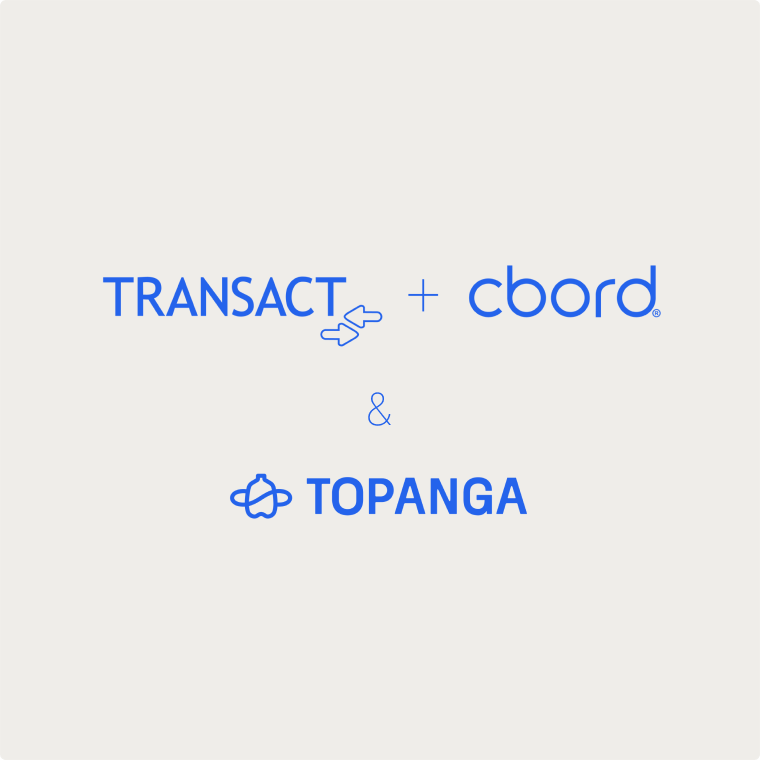
5 Ways to Reduce Kitchen Waste and Boost Sustainability with Foodservice Software
Advanced institutional food waste management platforms help kitchens reduce waste by 50-70% through real-time visibility, automated tracking, and data-driven decision making. Here are five proven strategies technology uses to make kitchens cleaner, leaner, and more profitable.

5 Ways to Reduce Kitchen Waste and Boost Sustainability with Foodservice Software
Food waste doesn't just hurt the environment—it's a massive budget drain. Commercial kitchen waste reduction is critical since institutional kitchens waste 4-10% of total food purchases according to the USDA1, often due to avoidable issues like overproduction and missed expiration dates.
The solution? Food waste prevention software and modern tracking systems. Advanced institutional food waste management platforms help kitchens reduce waste by 50-70% through real-time visibility, automated tracking, and data-driven decision making.
Here are five proven strategies technology uses to make kitchens cleaner, leaner, and more profitable.
1. Use Predictive Analytics to Right-Size Production
Without visibility into actual consumption patterns, daily prep becomes expensive guesswork. Food waste prevention software transforms this through:
- Historical demand analysis using past consumption data and event patterns
- Automated batch sizing based on predicted need rather than rough estimates
- Overproduction alerts flagging consistently wasted menu items
- Dynamic recipe scaling adjusting quantities for actual demand
Healthcare kitchens using predictive production see average waste reductions of 45-60%2 while maintaining service quality.
2. Automate Waste Tracking for Complete Visibility
Manual waste logs suffer from poor compliance and incomplete data. When tracking feels burdensome, it simply doesn't happen consistently.
Institutional food waste management systems solve this through:
- AI-powered recognition identifying waste items automatically
- Mobile-friendly interfaces enabling quick, one-tap logging
- Visual tracking systems using computer vision for passive monitoring
- Real-time data collection providing immediate operational insights
Kitchens report 155% increase tracking compliance with automated systems versus manual logs, leading to dramatically better waste reduction outcomes.
3. Optimize Inventory Management and FIFO Compliance
Poor inventory visibility leads to spoilage, emergency ordering, and missed cost-saving opportunities. Commercial kitchen waste reduction platforms address this through:
- Real-time inventory monitoring tracking stock levels and movement patterns
- Expiration date alerts preventing spoilage before it occurs
- FIFO compliance tracking ensuring oldest items get used first
- Smart reordering recommendations based on actual consumption data
University dining operations report 15% reductions in spoilage and pre-prepared inventory loss3 year-over-year when implementing comprehensive tracking systems, according to the Food Waste Alliance.
4. Engage Staff Through Impact Visualization
Commercial kitchen waste reduction requires behavior change, not just process change. Successful programs gamify sustainability through:
- Real-time impact dashboards showing pounds saved, costs avoided, and carbon prevented
- Team challenges creating friendly competition around waste reduction goals
- Individual recognition programs celebrating top performers
- Environmental impact metrics visualizing water saved and emissions prevented
Teams using gamified waste tracking show 40% higher long-term engagement and sustained improvement compared to mandate-based approaches, according to the EPA Food Recovery Hierarchy4.
5. Transform Waste Data into Strategic Procurement Intelligence
Food waste prevention software reveals procurement optimization opportunities that traditional ordering methods miss:
- Supplier performance analysis identifying vendors with higher spoilage rates
- Portion optimization using plate waste data to right-size servings
- Menu engineering insights connecting food costs to actual consumption
- Seasonal planning aligning orders with historical usage patterns
Kitchens implementing data-driven procurement strategies achieve reported 50% reductions in food costs through smarter ordering while maintaining menu quality and variety.
Final Takeaway
If you're still relying on paper logs and periodic audits for waste management, you're missing significant opportunities daily.
Commercial kitchen waste reduction through modern technology delivers:
- Measurable cost savings that exceed platform investment
- Enhanced team engagement around shared sustainability goals
- Comprehensive reporting for stakeholder communication
- Competitive operational advantages through data-driven decisions
The technology exists. The results are proven. The question isn't whether to implement food waste prevention software—it's whether you can afford to operate without it.
Ready to see how StreamLine transforms waste management? Schedule a waste reduction consultation, here.
.svg)


